Black Friday in beauty is chaos dressed in lipstick.
Every beauty brand swears this will be the year they’re ready for Black Friday. The photos will be shot, the offers locked in, the emails scheduled early. Then November hits, and half the team is debating discount math while the other half is buried in Meta Ads purgatory.
The truth is, no one’s ever fully ready. But some brands look like they are because they plan with clarity instead of panic. They know what to discount, when to tease, and how to make a sale feel expensive.
This isn’t another “start early” pep talk. We’ll be giving you the strategy map built for beauty brands: the mix of emotion, pricing psychology, and campaign pacing that makes or breaks your biggest weekend of the year.
Let’s dive in.
[[cta10]]
Why Most Beauty Brands Waste Their Black Friday Potential
Every November, beauty marketers repeat the same ritual: copy last year’s discount, launch ads two weeks late, and act surprised when the results feel flat. The sale performs, technically, but not in a way that moves the brand forward.
The problem is the aim. Most brands chase short-term revenue and forget that Black Friday is also the biggest brand-building moment of the year. Every discount, every email, every influencer post shapes how your brand feels to future customers.
When everything screams “deal,” trust and desirability take a hit. The smart brands know how to walk that line. They plan Black Friday campaigns that create urgency without dilution, offers that feel premium even at 15% off, and pricing that protects value while still converting.
Black Friday works best when it feels intentional. Use it to grow your audience, reward loyal customers, and set the tone for how your brand sells for the rest of the year.
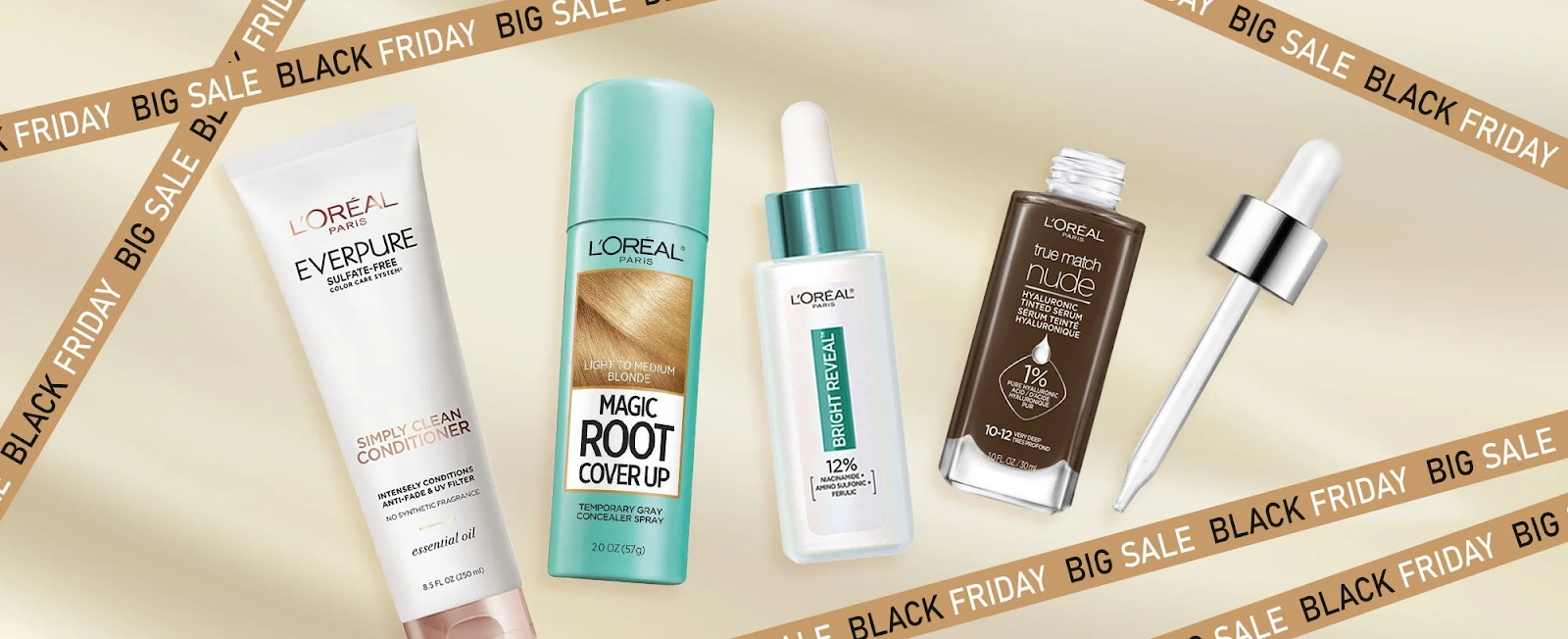
How to Build a Black Friday Timeline for Beauty Brands
Every beauty brand swears they’ll start early. Then November rolls around, and everyone’s building landing pages at midnight and renaming files things like “final_bf_REALfinal.psd.” Planning ahead sounds obvious, yet few teams actually do it right.
Black Friday prep starts the moment your summer sale ends. By September, your messaging, pricing strategy, and hero products should already be in motion. You’re not doing more work. Just spreading it out before chaos becomes the creative director.
Break your timeline into three clear phases.
Phase 1: Warm-Up (8-10 weeks out)
Start building energy. Collect user-generated content, grow your email and SMS lists, and test creative. Use small campaigns to see which visuals, hooks, and formats click. The best insights usually come from these quieter weeks.
Phase 2: Build-Up (4-6 weeks out)
Start teasing without giving everything away. Drop hints about what’s coming, give early access to your most loyal customers, and test pricing messages. Think of this as your campaign’s trailer.
Phase 3: Peak Week (Black Friday through Cyber Monday)
Execute what you’ve already tested. Keep messaging consistent across paid and owned channels. Adjust budgets based on what’s performing, but don’t reinvent anything mid-sale. By this point, precision wins over spontaneity.
A clear timeline saves you from rushed decisions and last-minute panic. Every day you plan early is one less day you’ll spend hunting through Slack for a missing promo code.
Black Friday Pricing Strategies That Protect Your Beauty Brand’s Value
Every beauty brand discounts differently, but the smart ones treat pricing as part of the story. Your discount should reinforce what your products stand for.
Here’s how to build pricing that drives sales, protects margins, and strengthens brand equity through Black Friday.
1. Tiered Discounts
Skip flat sitewide cuts. Build a ladder.
For example: 20% off $60+, 25% off $100+, 30% off $150+.
The psychology here is simple: beauty buyers love “unlocking” higher tiers. The extra item they add to reach the next threshold often pushes up your AOV by 20-30%. Keep tiers rounded to natural spend levels (usually the price of 2-3 hero products) so the math feels intuitive.
Add one kicker: a gift at the top tier. Example: “30% off $150+ plus a free mini serum.” It shifts the focus from spending more to getting smarter.
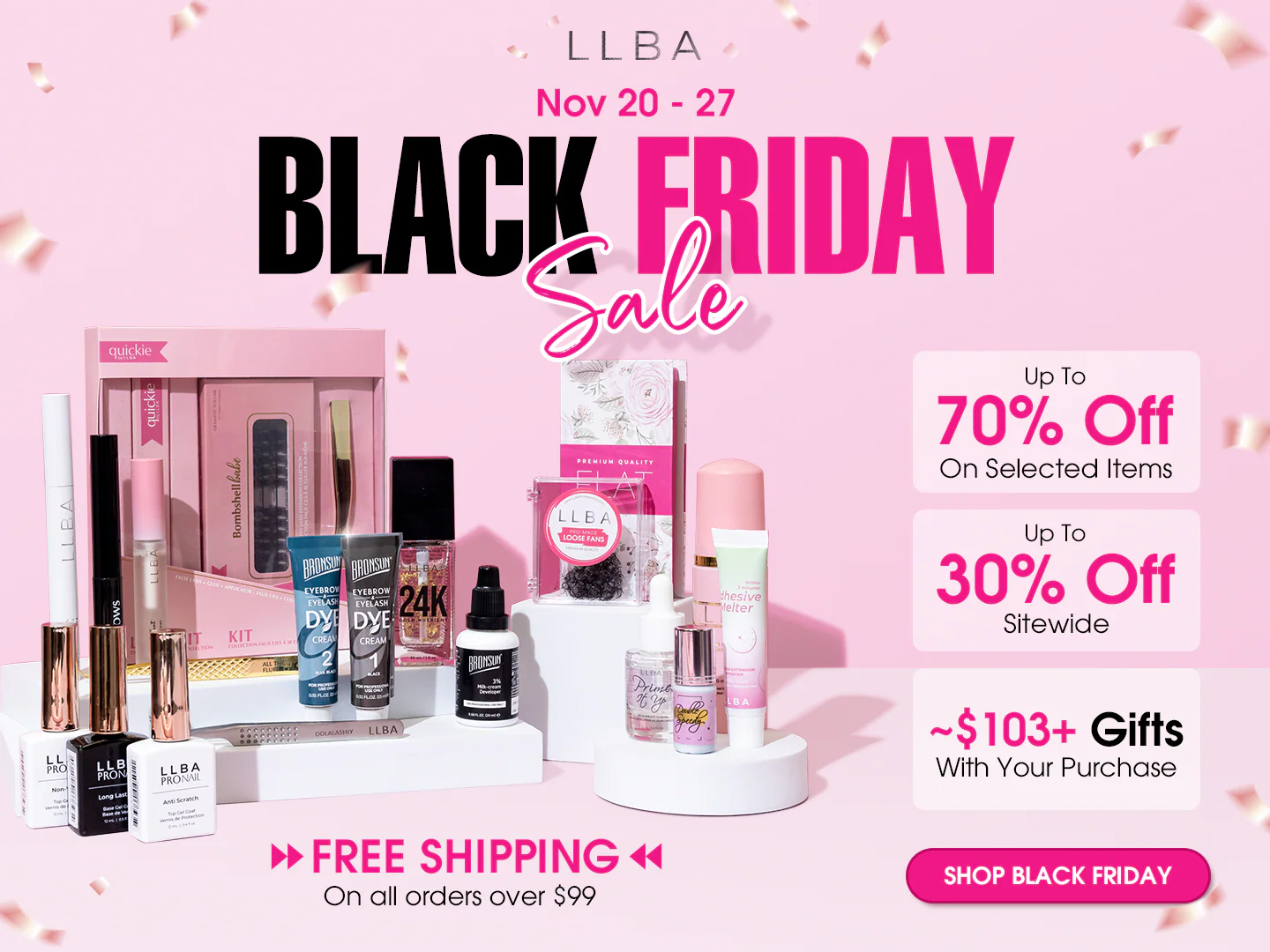
2. Curated Bundles and Value Sets
Bundles perform best when they solve a need. “Hydration Set,” “Nighttime Routine,” “Essential Lip Kit.”
Avoid random “mix and match” deals as they read as overstock dumps.
Bundle logic for beauty ecommerce:
- Keep sets between 2-5 SKUs, ideally a mix of a hero item plus one or two supporting products.
- Present the total value clearly (“$120 value for $85”).
- Anchor with storytelling. The more specific the use case, the more premium it feels.
Use bundles to move slower SKUs quietly alongside bestsellers, instead of marking them down alone.
3. Gift-With-Purchase
Think of your gift as an experience upgrade. The product you give away should reinforce the reason people buy from you.
GWP logic for beauty:
- Extend your product story. For skincare, give a travel-size item that completes a routine. For makeup, choose a tool or pouch that enhances the look. For fragrance, use discovery vials that spark curiosity for the full-size version.
- Personalize by segment. First-time shoppers respond to sample sets that introduce your range. Returning customers appreciate branded keepsakes like a brush, travel case, or vanity pouch that lasts.
- Keep packaging premium. A beautiful reveal leaves a stronger impression than an extra 5% off ever could.
4. Loyalty & Early Access Pricing
Early access turns your most loyal customers into your first wave of excitement. It rewards commitment with exclusivity instead of louder discounts.
Loyalty logic for beauty:
- Open early access 24-48 hours before the public sale to members or subscribers.
- Multiply loyalty points or add exclusive rewards to make participation feel special.
- Offer early access to limited products or gift sets that won’t restock later.
- Personalize the experience through curated emails, private links, or a “for you only” landing page.
When done right, early access feels like an invitation, not a promotion. It deepens trust and builds momentum before the sale officially begins.
5. Premium Preservation
If your positioning skews premium, restraint is the flex. A smaller 15-20% sitewide cut paired with stronger savings on pre-built gift sets says, “Our products hold value year-round.”
Use offers like:
- “Complimentary full-size product with $200+ spend.”
- “20% off select holiday sets.”
- “Free shipping and luxury gift wrap included.”
In beauty, price is part of the fantasy. Heavy discounts can break it. Subtle generosity, paired with polish, does more for brand perception than a 40% slash ever will.
Pro Tip: Whatever pricing structure you choose, visualize it as part of your campaign creative. Treat your offer as the headline. The cleanest pricing mechanics usually produce the highest click-throughs and the least confusion on launch day.
How to Build Black Friday Momentum Across Every Marketing Channel
Strong campaigns build rhythm across every channel. Each one amplifies the other through timing, tone, and repetition. When every touchpoint aligns, the message feels unified, memorable, and impossible for shoppers to scroll past.
1. Email & SMS
Your email and SMS list is where excitement starts. Treat it like a campaign inside the campaign. Every send should warm, inform, or convert.

- Begin teasers 10-14 days before launch with subtle hints about timing or rewards.
- Create a short countdown series in the final week with clear CTAs that lead directly to the offer page.
- Use SMS for urgency and clarity: early access alerts, final reminders, or quick restocks.
- Segment lists by behavior. Send exclusive perks or early reveals to high-value shoppers.
- Test subject lines, visuals, and timing in advance. Peak engagement often lands mid-morning or early evening.
- After the sale, send a thank-you or product education email that keeps buyers engaged for holiday season.
Email and SMS together keep attention warm while every other channel catches up.
- Paid Ads
Think of beauty ads as your visibility engine. It’s where beauty campaigns win reach before the noise hits. The trick is precision: warm audiences early, control your pacing, and keep every frame selling texture, tone, or transformation.
- Start with education. Two to three weeks out, run short tutorials or transformation clips that highlight texture, payoff, or results. These prep your warm audience while keeping CPMs low.
- Switch to value framing near launch. Use carousel or video formats showing bundles, gift sets, or GWP visuals with soft “shop early” language.
- Retargeting by intent. Create layers: product viewers get offer reminders, cart abandoners get urgency, past buyers see bundle upgrades or exclusive sets.
- Refresh creative often. Swap assets every three to five days. Beauty fatigue hits fast because people recognize product packaging instantly.
- Use motion wisely. Shimmer, swatches, and before-after shots outperform static lifestyle content by 20-30% during sale periods.
- Time your spend. Push highest budgets 48 hours before launch while CPMs are steady, then ride the wave as organic buzz peaks.
A sharp ad flow keeps your brand visible and premium while competitors drown in discounts.
3. Influencers & UGC
Influencer content gives your campaign proof, rhythm, and reach. In beauty, nothing converts faster than seeing a real person use your product. Strategic influencer marketing for beauty brands turns that authenticity into measurable sales power. Plan the timing like you plan your ads. Each creator drop should move the campaign forward.
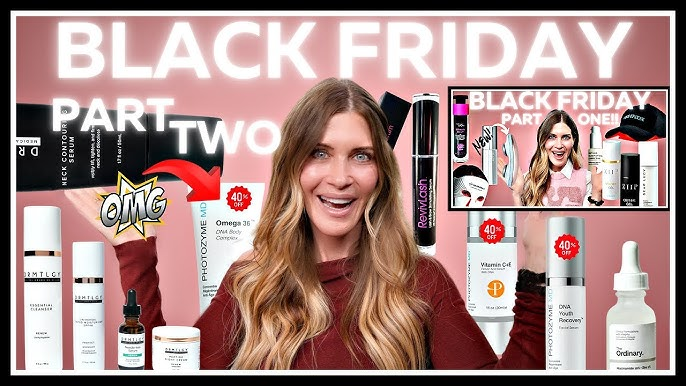
- Line up creators early. Lock content at least four weeks out so posts can go live during your teaser and launch phases. Last-minute influencer chaos always shows.
- Focus on demo-driven content. Tutorials, swatches, and transformations are your religion. People want to see pigment, payoff, and finish in motion.
- Give creators direction that fits your visual world. Align tones, camera angles, and editing style so the content feels branded without looking scripted.
- Create variety. Use macro beauty shots for paid, chatty GRWMs for organic, and short unboxings for stories or reels. It keeps the campaign dynamic across placements.
- Track content drop timing. Schedule waves: early hype (1 week before launch), real-time “shopping now” clips on launch day, and review-style posts 2–3 days after.
- Repurpose everything. Turn creator footage into ad cutdowns, email GIFs, and homepage banners. UGC has more trust equity than any product flat lay.
Well-timed creator content keeps your campaign human while amplifying every other channel.
4. Organic Social
Your organic channels build connection between your ads and your audience. They make the sale feel human.
- Plan your content calendar early. Map pre-launch, launch week, and post-sale posts so every platform tells the same story.
- Show real people. Team favorites, product rituals, and packing clips perform better than polished campaign stills.
- Use motion. Short Reels or TikToks showing texture, glow, or transformations hold attention longer than flat graphics.
- Pin key posts. Keep your main offer visible on your profile so shoppers can find it fast.
- Balance your tone. Write captions that sound like conversation. Mix warmth, energy, and authority.
- Engage constantly. Reply to comments, repost customer photos, and thank buyers publicly.
Organic activity keeps your brand present even when paid one slows down.
How to Keep Your Black Friday Messaging Cohesive Across Every Channel
Consistency builds confidence. When every platform, post, and ad speaks the same language, people start recognizing your brand before they even register the logo.
Your campaign message, tone, and visuals should echo each other everywhere. The subject line, headline, caption, and CTA should all lead to one clear idea. The repetition builds memory and makes your offer feel intentional instead of rushed.
Keep your visuals aligned: same palette, same lighting, same product framing. In beauty, harmony between visuals and copy signals reliability. When your content feels unified, shoppers feel safe to buy.
Cohesion turns chaos into recognition. It’s what separates another sale from a full brand moment.
How to Turn Black Friday Shoppers into Loyal Customers
The sale ends, but the relationship shouldn’t. Use the post-Black Friday window to turn one-time shoppers into repeat buyers who actually remember you.
Send thank-you emails that feel personal and genuine. Include quick product tips or routine guides that help customers get the best results. Follow with reorder incentives or early access to new drops so your name stays top of mind.
Invite deal hunters to join your community through loyalty programs or email exclusives. Small gestures like bonus points, sample gifts, or sneak peeks go a long way after a high-volume week.
Momentum built on Black Friday can carry through the season if you keep talking to the people you earned.
Conclusion
Black Friday has a way of exposing what a brand is made of. The planning, the teamwork, the pacing, all of it shows in those few chaotic days. The beauty brands that win prepare with clarity, keep control over their message, and never lose sight of how their products should feel in the customer’s hands.
Every phase matters. The timeline you map in September decides how calm your November feels. The pricing strategy you design in October defines how trustworthy you look during the sale. The consistency you build across emails, ads, and influencers shapes how confidently shoppers buy.
Black Friday puts your brand under a spotlight. Get your rhythm right, and this weekend can strengthen more than your revenue. It can prove that your brand knows exactly who it is, even when the rest of the market feels like noise.
[[cta5]]


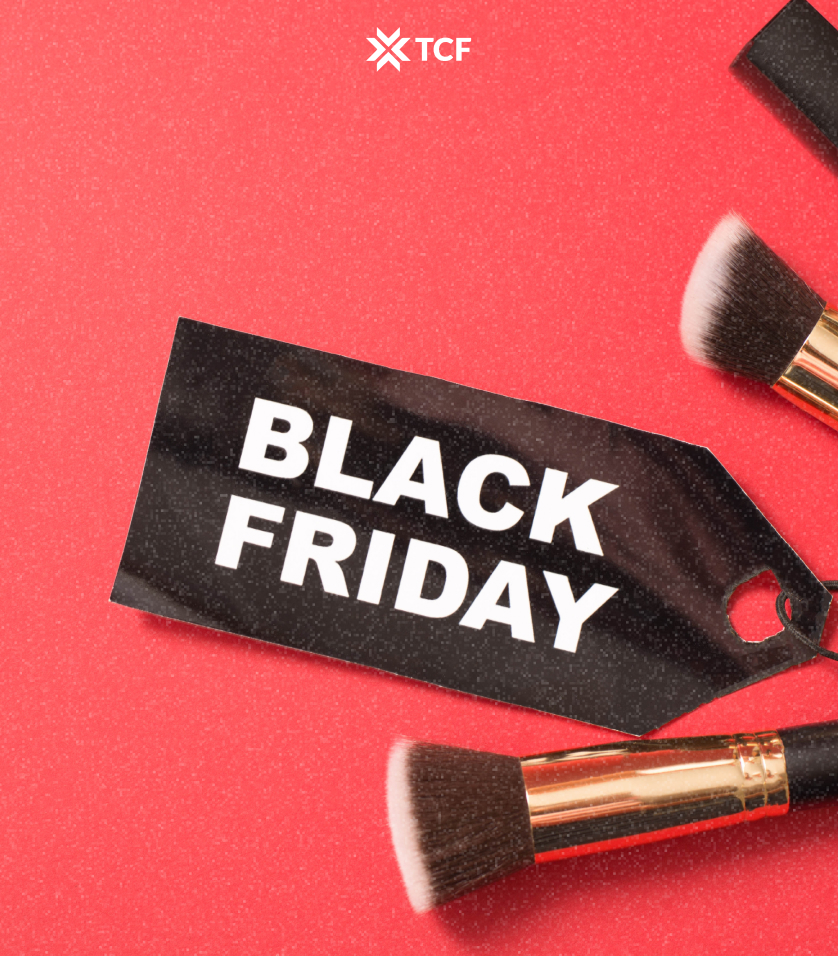



.png)
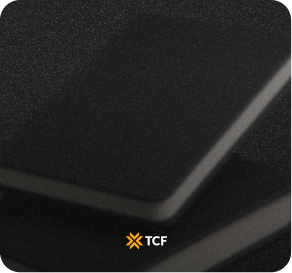

.png)
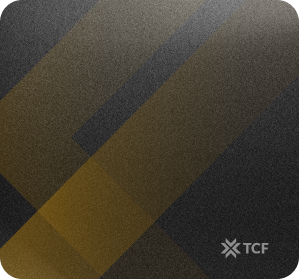

.jpg)
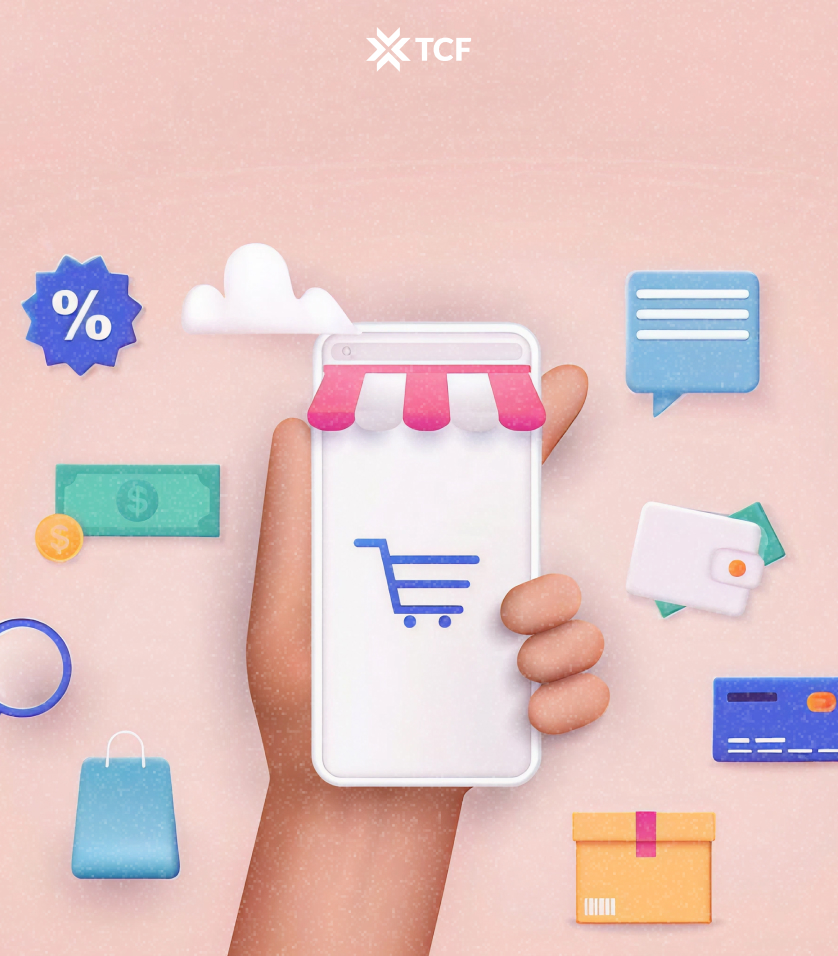
.jpg)